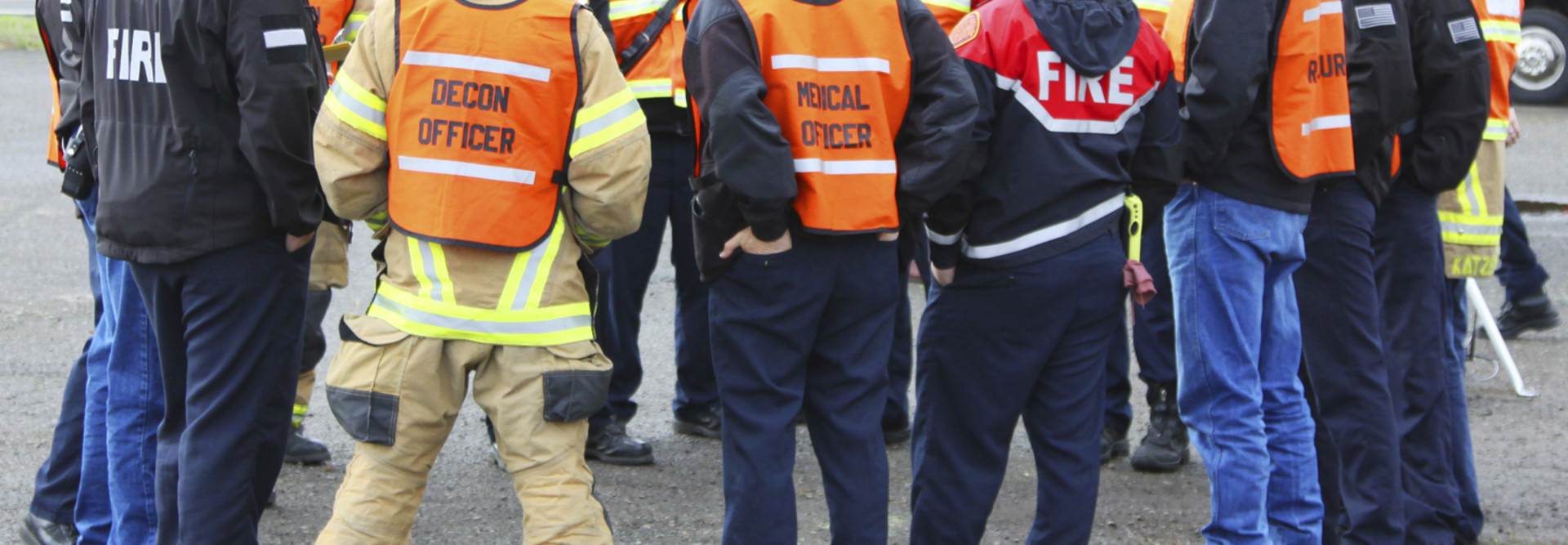Communications Are Key to Disaster Recovery
“Today, a 16-year-old with a smartphone has a more advanced communications capability than a police officer or deputy carrying a radio.” Those words were spoken by former New York City Police Commissioner Raymond Kelly in testimony before Congress in 2011. Sadly, they’re still true in 2014.
While public-safety workers rely on land mobile radios for mission-critical voice communications, interoperability problems and broadband outages during disasters are legendary. Lack of reliable communications impedes emergency response and coordination between police, fire, emergency medical personnel and other government officials. It’s no wonder that 38 percent of public-safety and IT officials deem disaster mitigation, preparedness and response a top priority, according to a recent Public Technology Institute survey.
45%
The percentage of public safety officials and IT leaders who say smart devices and public safety mobile apps are a top priority.
High-Speed Public-Safety Broadband
Legacy land mobile radios for voice communications will be supplemented by FirstNet, the forthcoming high-speed, nationwide public-safety broadband network. States and localities eagerly await progress on FirstNet, which was created by legislation in 2012. Last month, the FirstNet board approved a roadmap that sets milestones for building the interoperable network.
“We want to make rapid progress for public safety, while balancing the need for robust design and cost-effectiveness,” says FirstNet General Manager Bill D’Agostino. “We plan to have significant coverage throughout the U.S. through use of terrestrial coverage similar to what wireless carriers have today.”
Airborne Backup Plans
Of course, IT leaders know that when disaster strikes, terrestrial communications are often disrupted or knocked out. During the first hours of a response, it can be difficult for restoration crews and equipment to reach the impacted area. That’s where satellite phones can help.
The Federal Communications Commission, Federal Emergency Management Agency and others are exploring deployable aerial communications architecture (DACA) for emergency communications when terrestrial communications are severely damaged or unavailable. The idea behind DACA is to hoist drones, helicopters, satellites or balloons high above a disaster site.
Last July in Adams County, Colo., a group tested the use of a hydrogen-filled, steerable balloon carrying traditional gear that accessed a 4G Long Term Evolution network. The experiment found that airborne delivery of LTE technology can provide a powerful communications tool to speed recovery.
Get the Word Out on Disaster Response
In addition to maintaining a link between first responders and government officials, another crucial aspect of disaster communications is keeping the public informed. Residents need to know where to find available shelter and other forms of relief.
Emergency notification systems and social media platforms can help with that task and turn communication into an interactive. However, the message doesn’t matter if nobody sees it. Collect email addresses and phone numbers and engage with subscribers throughout the year. Governments can rely on social media tools to turn communication into an interactive dialogue about the incident.
In response to the Colorado flooding last fall, the state launched the ColoradoUnited.com website for disaster recovery complete with mapping data about shelters, road closures, weather conditions and traffic flow. One section offered information on the types of assistance available, while another provided tips about cleanup and rebuilding. Such portals offer an abundance of resources to citizens.
Governments’ success in responding to emergencies hinges on their ability to quickly coordinate with the right people and keep everyone apprised of the situation, as well as reach out to citizens to let them know where to find aid and how they can help each other in a time of need.









